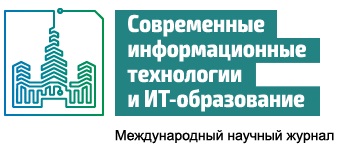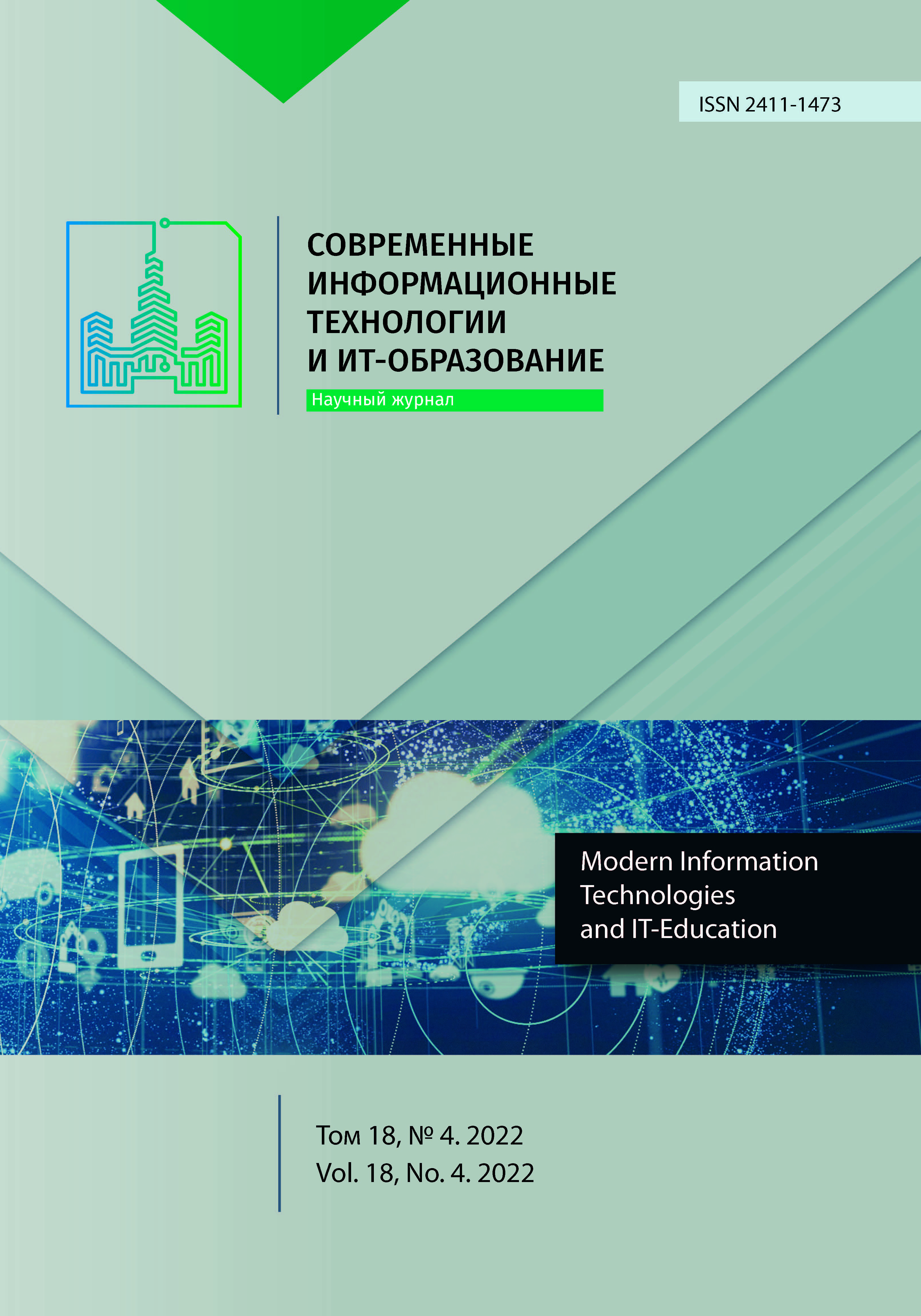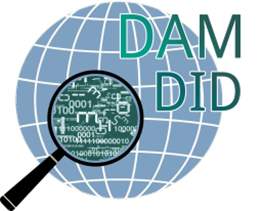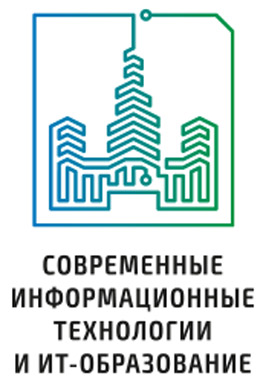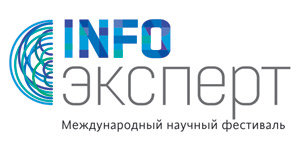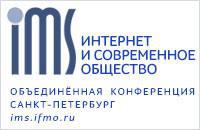Вычислительные модели в цифровой персонализированной медицины
Аннотация
Развитие персонализированной медицины определяется синергией ученых из нескольких областей медицины, математики и информатики. Подходы, основанные на современных методах измерения, обработки сигналов и машинного обучения, дополняют основные методы изучения биологических процессов, позволяют выявить механизмы заболевания и персонализировать стратегию лечения. Статья посвящена разработке нового метода контроля системы ауторегуляции мозгового кровообращения пациентов в режиме реального времени. Процесс церебральной ауторегуляции определяется сигналами скорости кровотока в артериях основания головного мозга и системного артериального давления, регистрируемых неинвазивными методами фотоплетизмографии и транскраниальной допплерографии в диапазоне волн Майера. Существующие методы основаны на взаимной корреляционной функции, функции фазового сдвига между сигналами скорости кровотока и давления или на оценке передаточной функции системы ауторегуляции. В статье предлагается использовать фрактальные методы, основанные на расчете гёльдеровских мультифрактальных спектров сигналов и на определении корреляционной размерности системы. Преимущество фрактальных методов заключается в том, что их можно применять к сигналам, инвариантным к масштабу. Комбинация мультифрактальных и традиционных спектрально-корреляционных методов в информационно-измерительной системе позволит повысить качество мониторинга церебральной ауторегуляции непосредственно у постели больного, учитывать особенности пациента и, тем самым, развивать принцип персонифицированной медицины.
Литература
2. Semenyutin V.B., Panuntsev G.K., Aliev V.A., Patzak A. cerebral autoregulation in perinidal area of brain arteriovenous malformation. Translational Medicine. 2016;3(1):89-97. (In Russ., abstract in Eng.) doi: https://doi.org/10.18705/2311-4495-2016-3-1-89-97
3. Semenyutin V.B., Nikiforova A.A., Aliev V.A., Panuntsev G.K. Informativity of blood flow distribution in the precerebral arteries for determining the hemodynamic significance of carotid stenosis. Regional blood circulation and microcirculation. 2021;20(2):45-51. (In Russ., abstract in Eng.) doi: https://doi.org/10.24884/1682-6655-2021-20-2-45-51
4. von Reutern G.-M., Goertler M.-W., Bornstein N.M., Del Sette M., Evans D.H., Hetzel A., Kaps M., Perren F., Razumovky A., Shiogai T., Titianova E., Traubner P., Venketasubramanian N., Wong L.K.S., Yasaka M. Grading Carotid Stenosis Using Ultrasonic Methods. Stroke. 2012;43(3):916-921. doi: https://doi.org/10.1161/STROKEAHA.111.636084
5. Elwertowski M., Leszczyński J., Kaszczewski P., Lamparski K., Ho S.S.Y., Gałązka Z. The importance of blood flow volume in the brain-supplying arteries for the clinical management ‒ the impact of collateral circulation. Journal of Ultrasonography. 2018;18(73):112-119. doi: https://doi.org/10.15557/JoU.2018.0016
6. Voznyuk I.A., Polushin A.Yu., Stepanov E.A. Quantitative estimation of the parameters of ultrasonic cerebral blood flow (value and norm). Regional blood circulation and microcirculation. 2013;12(4):30-40. Available at: https://www.elibrary.ru/item.asp?id=21166803 (accessed 19.10.2022). (In Russ., abstract in Eng.)
7. Mozzini C., Roscia G., Casadei A., Cominacini L. Searching the perfect ultrasonic classification in assessing carotid artery stenosis: comparison and remarks upon the existing ultrasound criteria. Journal of Ultrasound. 2016;19(2):83-90. doi: https://doi.org/10.1007/s40477-016-0193-6
8. Goldberger A.L., Amaral L.A.N., Glass L., Hausdorff J.M., Ivanov P.Ch., Mark R.G., Mietus J.E., Moody G.B., C.-K. Peng, Stanley H.E. PhysioBank, PhysioToolkit, and PhysioNet: Components of a New Research Resource for Complex Physiologic Signals. Circulation. 2000;101(23):E215-20. doi: https://doi.org/10.1161/01.CIR.101.23.e215
9. Malykhina G., Salnikov V., Semenyutin V., Tarkhov D. Digitalization of medical services for detecting violations of cerebrovascular regulation based on a neural network signal analysis algorithm. In: Proceedings of the 2nd International Scientific Conference on Innovations in Digital Economy (SPBPU IDE '20). New York, NY, USA: Association for Computing Machinery; 2021. Article number: 61. p. 1-7. doi: https://doi.org/10.1145/3444465.3444526
10. Lazovskaya T., Malykhina G., Tarkhov D. Physics-Based Neural Network Methods for Solving Parameterized Singular Perturbation Problem. Computation. 2021;9(9):97. doi: https://doi.org/10.3390/computation9090097
11. Lawal Z.K., Yassin H., Lai D.T.C., Che Idris A. Physics-Informed Neural Network (PINN) Evolution and Beyond: A Systematic Literature Review and Bibliometric Analysis. Big Data and Cognitive Computing. 2022;6(4):140. doi: https://doi.org/10.3390/bdcc6040140
12. Lazovskaya T., Malykhina G., Tarkhov D. Construction of an Individual Model of the Deflection of a PVC-Specimen Based on a Differential Equation and Measurement Data. In: 2020 International Multi-Conference on Industrial Engineering and Modern Technologies (FarEastCon). Vladivostok, Russia: IEEE Computer Society; 2020. p. 1-4. doi: https://doi.org/10.1109/FarEastCon50210.2020.9271144
13. Ahmad M.S., Adnan S.M., Zaidi S., Bhargava P. A novel support vector regression (SVR) model for the prediction of splice strength of the unconfined beam specimens. Construction and Building Materials. 2020;248:118475. doi: https://doi.org/10.1016/j.conbuildmat.2020.118475
14. Antonov V.I., Zagaynov A.I., van Quang V. The dynamic fractal analysis of heart rate variability. St. Petersburg Polytechnical University Journal. Computer Science. Telecommunication and Control Systems = Computing, Telecommunication and Control. 2012;(1):88-94. Available at: https://www.elibrary.ru/item.asp?id=17881606 (accessed 19.10.2022). (In Russ., abstract in Eng.)
15. Malykhina G.F., Semenyutin V.B., Mukhidinova N.Sh. Fourier and wavelet analysis in the medical system for monitoring the autoregulation of cerebral circulation. In: Proceedings of the International Conference on System Analysis in Engineering and Control. Part 2. Saint Petersburg: POLYTECH-Press; 2021. p. 33-43. (In Russ., abstract in Eng.) doi: https://doi.org/10.18720/SPBPU/2/id21
16. Sejdić E., Djurović I., Jiang J. Time-frequency feature representation using energy concentration: An overview of recent advances. Digital Signal Processing. 2009;19(1):153-183. doi: https://doi.org/10.1016/j.dsp.2007.12.004
17. Abry P., Sellan F. The Wavelet-Based Synthesis for Fractional Brownian Motion Proposed by F. Sellan and Y. Meyer: Remarks and Fast Implementation. Applied and Computational Harmonic Analysis. 1996;3(4):377-383. doi: https://doi.org/10.1006/acha.1996.0030
18. Jaffard S., Lashermes B., Abry P. Wavelet Leaders in Multifractal Analysis. In: Qian T., Vai M.I., Xu Y. (Eds.) Wavelet Analysis and Applications. Applied and Numerical Harmonic Analysis. Birkhäuser Basel; 2006. p. 201-246. doi: https://doi.org/10.1007/978-3-7643-7778-6_17
19. Gadhoumi K., Do D., Badilini F., Pelter M.M., Hu X. Wavelet leader multifractal analysis of heart rate variability in atrial fibrillation. Journal of Electrocardiology. 2018;51(6):S83-S87. doi: https://doi.org/10.1016/j.jelectrocard.2018.08.030
20. Azizi T. On the fractal geometry of different heart rhythms. Chaos, Solitons & Fractals: X. 2022;9:100085. doi: https://doi.org/10.1016/j.csfx.2022.100085
21. Kokosińska D., Gierałtowski J.J., Żebrowski J.J., Orłowska-Baranowska E., Baranowski R. Heart rate variability, multifractal multiscale patterns and their assessment criteria. Physiological Measurement. 2018;39(11):114010. doi: https://doi.org/10.1088/1361-6579/aae86d
22. Muzy J.F., Bacry E., Arneodo A. Multifractal formalism for fractal signals: The structure-function approach versus the wavelet-transform modulus-maxima method. Physical Review E. 1993;47(2):875-884. doi: https://doi.org/10.1103/PhysRevE.47.875
23. Catrambone V., Barbieri R., Wendt H., Abry P., Valenza G. Functional brain–heart interplay extends to the multifractal domain. Philosophical Transactions of the Royal Society A: Mathematical, Physical and Engineering Sciences. 2021;379(2212):20200260. doi: https://doi.org/10.1098/rsta.2020.0260
24. Dick O.E., Svyatogor I.A. Potentialities of the wavelet and multifractal techniques to evaluate changes in the functional state of the human brain. Neurocomputing. 2012;82:207-215. doi: https://doi.org/10.1016/j.neucom.2011.11.013
25. Collin C.B., Gebhardt T., Golebiewski M., Karaderi T., Hillemanns M., Khan F.M., Salehzadeh-Yazdi A., Kirschner M., Krobitsch S., Kuepfer L. Computational Models for Clinical Applications in Personalized Medicine ‒ Guidelines and Recommendations for Data Integration and Model Validation. Journal of Personalized Medicine. 2022;12(2):166. doi: https://doi.org/10.3390/jpm12020166

Это произведение доступно по лицензии Creative Commons «Attribution» («Атрибуция») 4.0 Всемирная.
Редакционная политика журнала основывается на традиционных этических принципах российской научной периодики и строится с учетом этических норм работы редакторов и издателей, закрепленных в Кодексе поведения и руководящих принципах наилучшей практики для редактора журнала (Code of Conduct and Best Practice Guidelines for Journal Editors) и Кодексе поведения для издателя журнала (Code of Conduct for Journal Publishers), разработанных Комитетом по публикационной этике - Committee on Publication Ethics (COPE). В процессе издательской деятельности редколлегия журнала руководствуется международными правилами охраны авторского права, нормами действующего законодательства РФ, международными издательскими стандартами и обязательной ссылке на первоисточник.
Журнал позволяет авторам сохранять авторское право без ограничений. Журнал позволяет авторам сохранить права на публикацию без ограничений.
Издательская политика в области авторского права и архивирования определяются «зеленым цветом» в базе данных SHERPA/RoMEO.
Все статьи распространяются на условиях лицензии Creative Commons «Attribution» («Атрибуция») 4.0 Всемирная, которая позволяет другим использовать, распространять, дополнять эту работу с обязательной ссылкой на оригинальную работу и публикацию в этом журналe.
